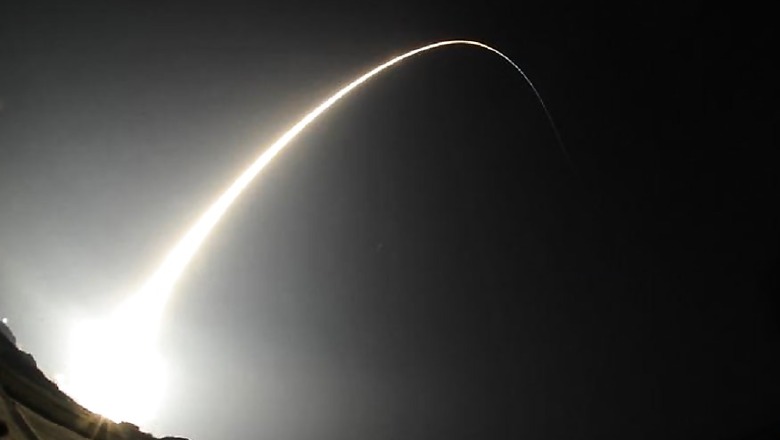
views
Europe launched the fifth of its Sentinel Earth observation satellites on Monday as part of its multi-billion-euro Copernicus programme to provide speedy images of land, oceans and waterways.
The Sentinel-2B satellite, part of a system of satellites that is to monitor Earth, blasted off on board a Vega rocket from Europe's spaceport in French Guiana at 8:49 p.m. EST (0149 GMT on Tuesday).
It will join its twin Sentinel-2A, which has been in orbit since 2015, to take high-resolution, colour and infrared images for a wide array of environmental initiatives, including crop forecasting and monitoring natural disasters.
The two satellites will orbit 488 miles (786 km) above Earth, on opposite sides of the planet.Also read: China to Make Space Rockets That Launch From Aircrafts
Together, they will be able to cover all of Earth's land surfaces, large islands, inland and coastal waterways every five days, providing more up-to-date images and at higher resolution than have been available.
The Copernicus project is described by the European Space Agency (ESA) as the most ambitious Earth observation program to date. The European Union and the ESA have committed funding of more than 8 billion euros ($9 billion) to it until 2020.
The launch of the Copernicus project became especially urgent after Europe lost contact with its Earth observation satellite Envisat in 2012 after 10 years.
The first satellite of Europe's planned seven-member network launched in April 2014.Also read: Giant Magnetic Field Can Make Mars Habitable: NASA Scientists

















Comments
0 comment